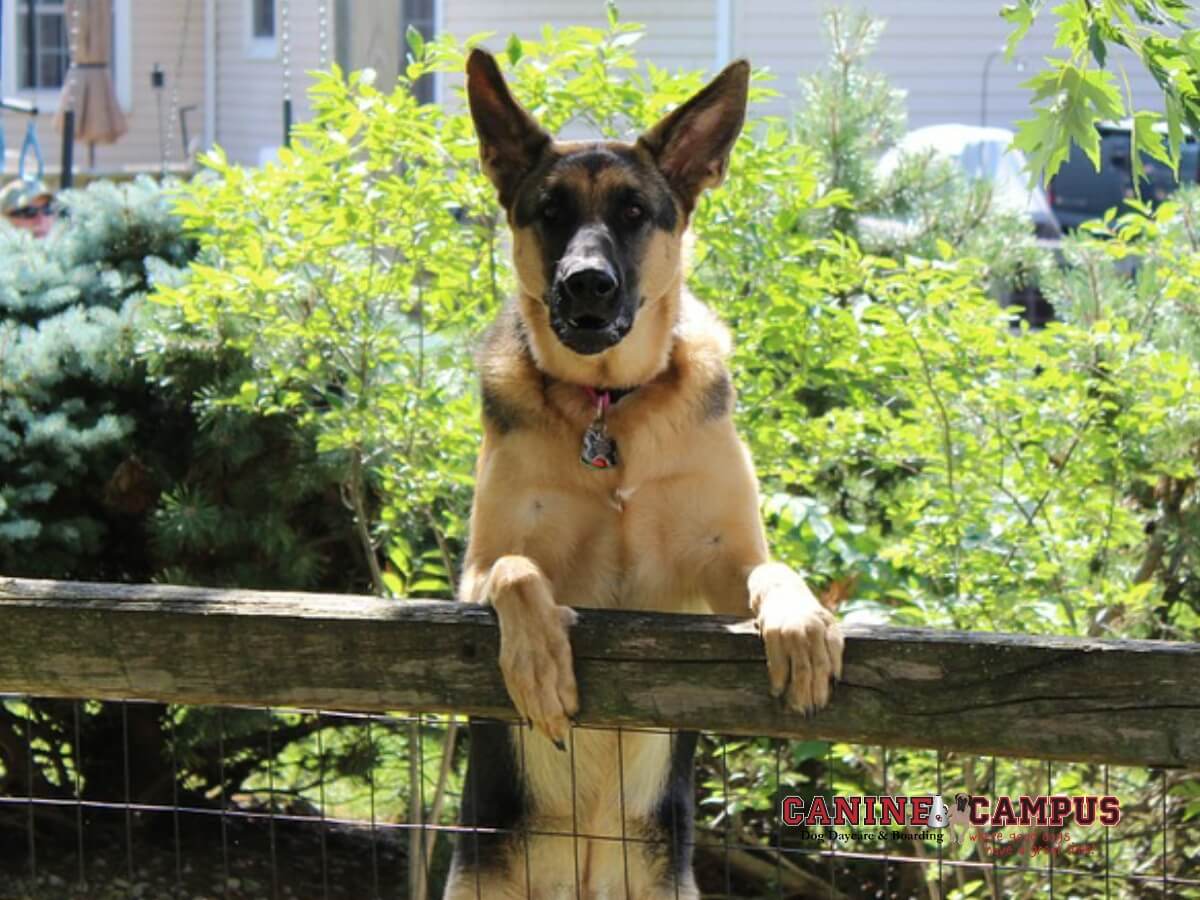
Many of us, at one time or another, have had to deal with neighbors whose dog is a less-than-desirable local resident. Having an unpleasant dog on your street can destroy the tranquility of your neighborhood and cause everyone to feel stressed.
Here are a few simple guidelines to ensure your dog is a joy instead of a headache to be around.
-
Introduce your dog
When you first move in or bring your dog home, be sure to properly introduce him or her to your close neighbors. This simple step can save you trouble in the future. For one thing, you’ll get a sense of whether your neighbors are dog people or not. And it’s a good time to let them know you would appreciate it if they would tell you if they had any concerns or notice anything you may miss.
This is also a good time to discuss anything your neighbors should know about your dog. For example, some dogs don’t like children. Be sure to let your neighbors know so you can brainstorm a solution together and they can be especially diligent if they have young visitors.
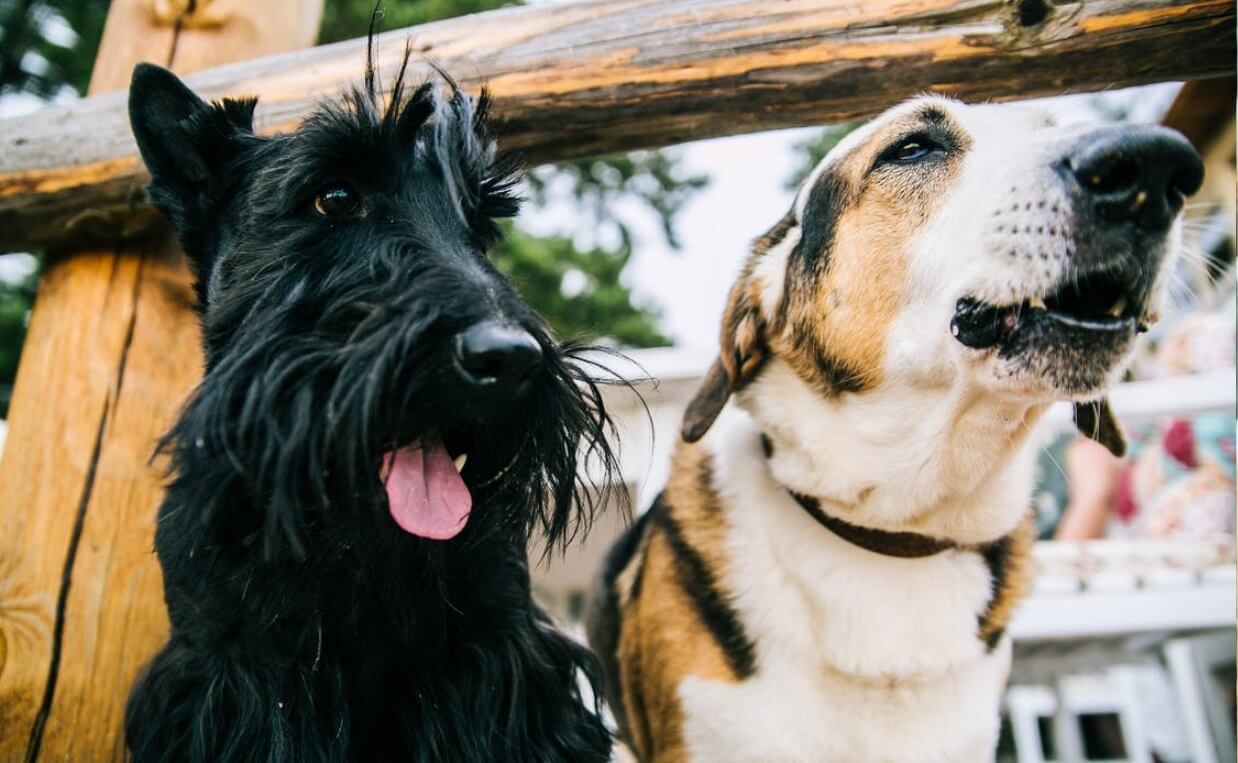
-
Secure your dog
Don’t let your dog roam the neighborhood, soiling yards, tearing up gardens or interfering with people or wildlife. If you are considering building a fence, keep in mind a chain link or wire fence won’t prohibit dogs from noisy fence fighting or barking. A solid wood fence is the best option to prevent this. Also, when considering fencing be sure it is the proper height to prevent your dog from jumping over.
If you belong to a Homeowners Association (HOA), be sure to check your HOA handbook before installing a fence. HOAs often have rules about the type of fencing materials that may be used, fence height restrictions, views, visibility, style and uniformity. They typically require approval before you can install or replace a fence on your property.
-
Keep your dog’s ID tags and vaccinations up-to-date
Vaccinations are a crucial way to keep your dog and other pets and stay healthy. Furthermore, some infections can spread between dogs and humans; vaccinations protect not only your dog and other pets, but people as well. Be sure to keep records of your dog’s vaccinations in a place you can find them quickly.
In addition to vaccinations, make sure your dog has updated identification tags and microchip so you can be easily contacted in the event your dog becomes lost.

-
Clean up after your dog
This applies to when you are out on a walk as well as cleaning up your own yard. There is a growing problem of dog waste pollution in our communities, environment and water tables. And nothing will alienate your neighbor faster than letting your dog do his business on their lawn and not cleaning it up.
-
Give your dog adequate exercise
Tired dogs are more relaxed than a dog with pent-up energy. Dogs need regular exercise regardless of their breed, size or age. There are few things more important than exercise for your dog’s mental and physical well-being.
Exercise helps your dog burn excess calories and is a way for you and your pooch to bond with each other. It also helps your dog have better behavior, including less barking. Exercise helps neurotransmitters, such as serotonin and dopamine, send chemical signals through your dog’s brain. Serotonin and dopamine help regulate mood, inhibit aggression and enhance positive feelings. They also help dog’s focus attention and promote feelings of satisfaction.
There are other neurotransmitters and hormones positively affected when a dog receives the exercise he or she needs. Without it, your dog will be uptight and experience anxiety, which often comes out as “bad” behavior.
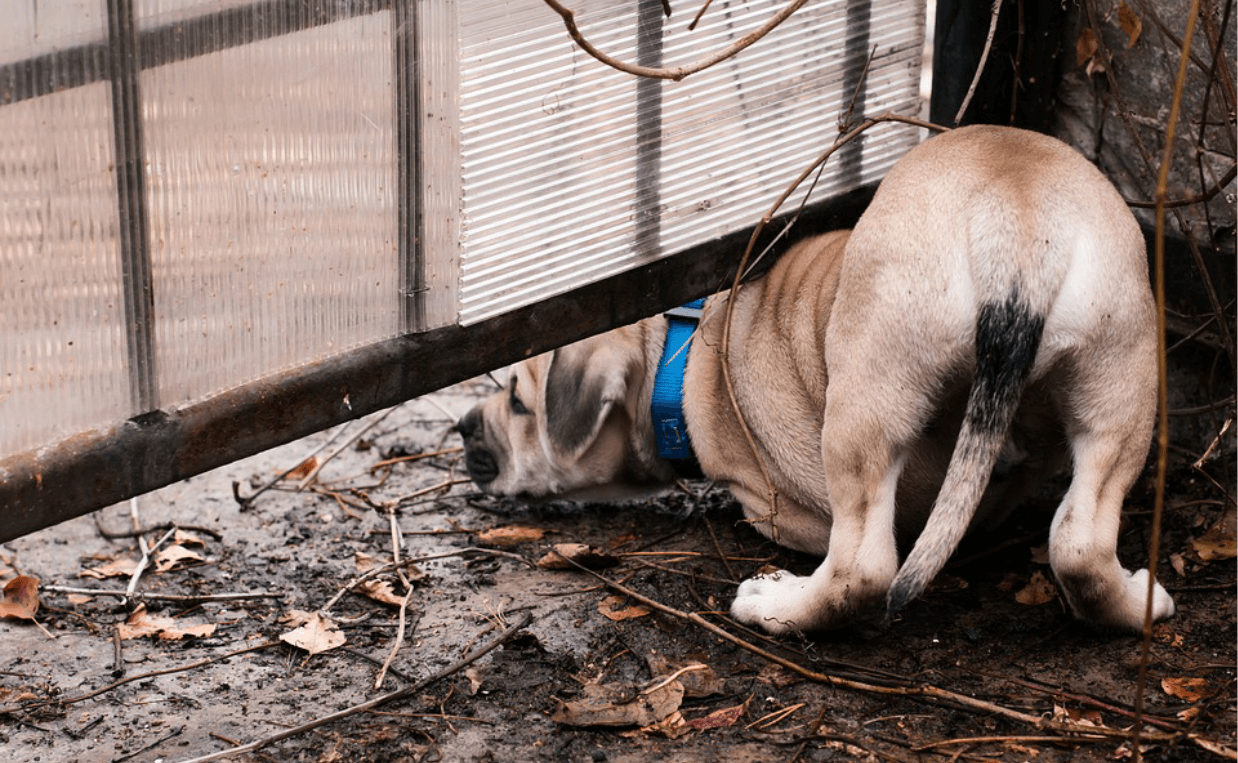
-
Leave your dog indoors when you’re gone
Most dogs bark more when their dog parents aren’t home. This is likely because they are more anxious and may even be experiencing separation anxiety. If you’re going to be gone a short time, using a crate can be beneficial. Dogs who are properly introduced to a crate will feel secure and comfortable and will most likely sleep while you’re gone.
-
Teach your dog basic commands
One of the most important things you can do for your dog is to teach him or her some simple, basic commands. Some people say there are seven commands in order to become a good canine citizen:
- Sit
- Lay down (or just down)
- Stay
- Come
- Heel
- Off
- No or quiet
The “no” command can be pretty convincing if you use a strong voice and can be applied to many different situations.
The “quiet” command can also have similar results, especially if your dog is barking excessively.
The “come” command is an essential one, especially if you let your dog run off-leash or if your dog tends to break out of your yard.
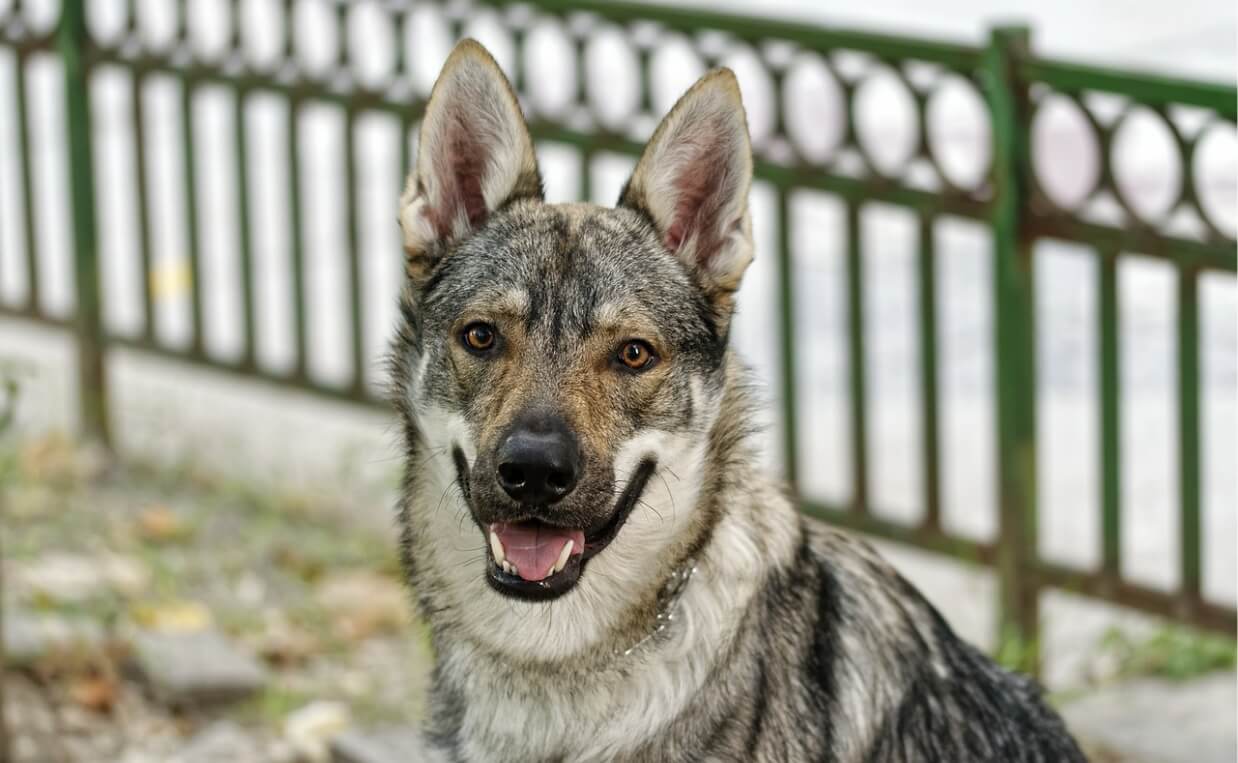
-
Check in with your neighbors occasionally
Sometimes people don’t want conflict so they won’t initiate an issue. But if you invite feedback, they will be more likely to tell you there is a problem. If your dog is being a nuisance, you want to know, for your dog’s and your neighbor’s sake.
-
Bring your dog to daycare
Dog daycare is a great way to ensure your dog receives enough exercise, becomes socialized and forms bonds with other dogs and people. Not only will daycare help your dog get necessary exercise but prevents poor behavior while you’re gone due to separation anxiety and helps your dog learn better behaviors.
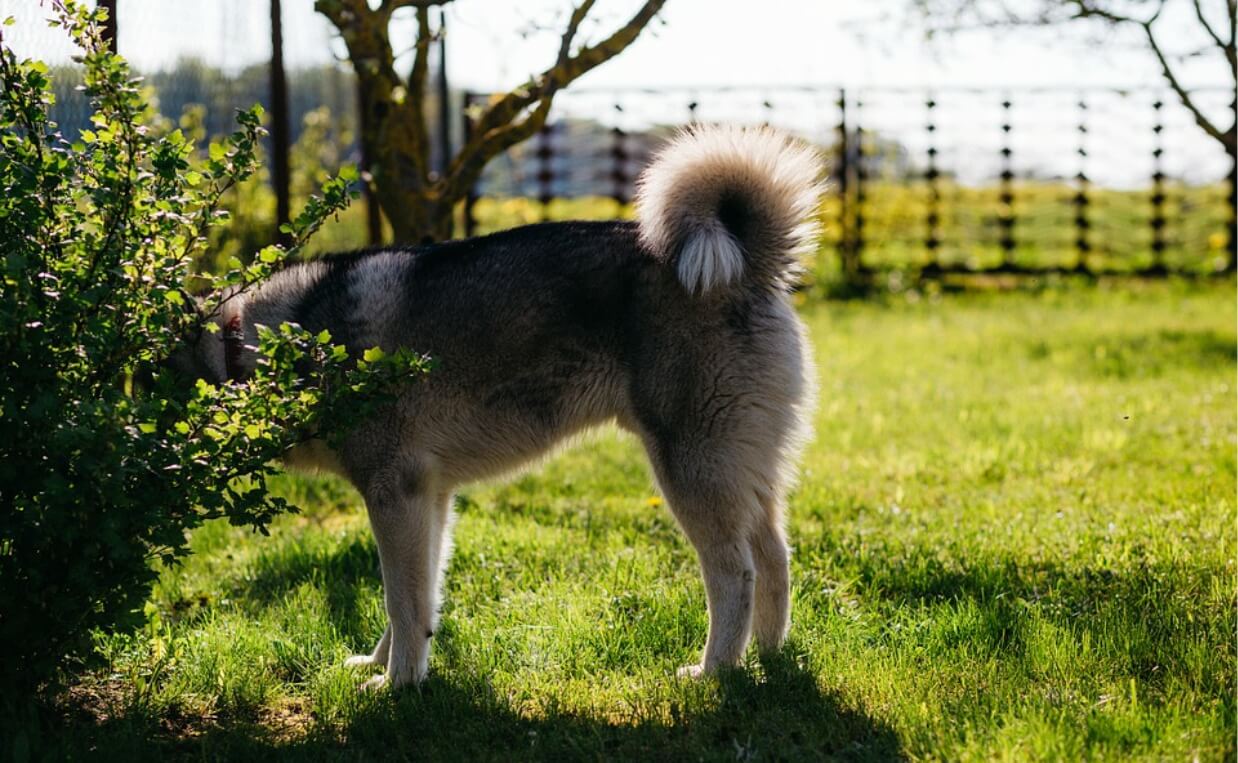
-
Handle a complaint with grace
If, for some unfortunate circumstance, you receive a complaint from a neighbor, stay calm and respond politely. Work out a solution to whatever is bothering them. You may need to consult with a professional dog trainer or behaviorist.
If you are the neighbor:
- Assume the best
Your neighbors may be unaware of the situation and eager to fix it. Alternatively, they may be aware but a positive attitude won’t hurt.
- Calmly explain the situation
Getting upset makes it more challenging to find a solution. Stay calm and positive.
- Be patient
Unless the dog poses an imminent danger, give your neighbor a chance to work it out.
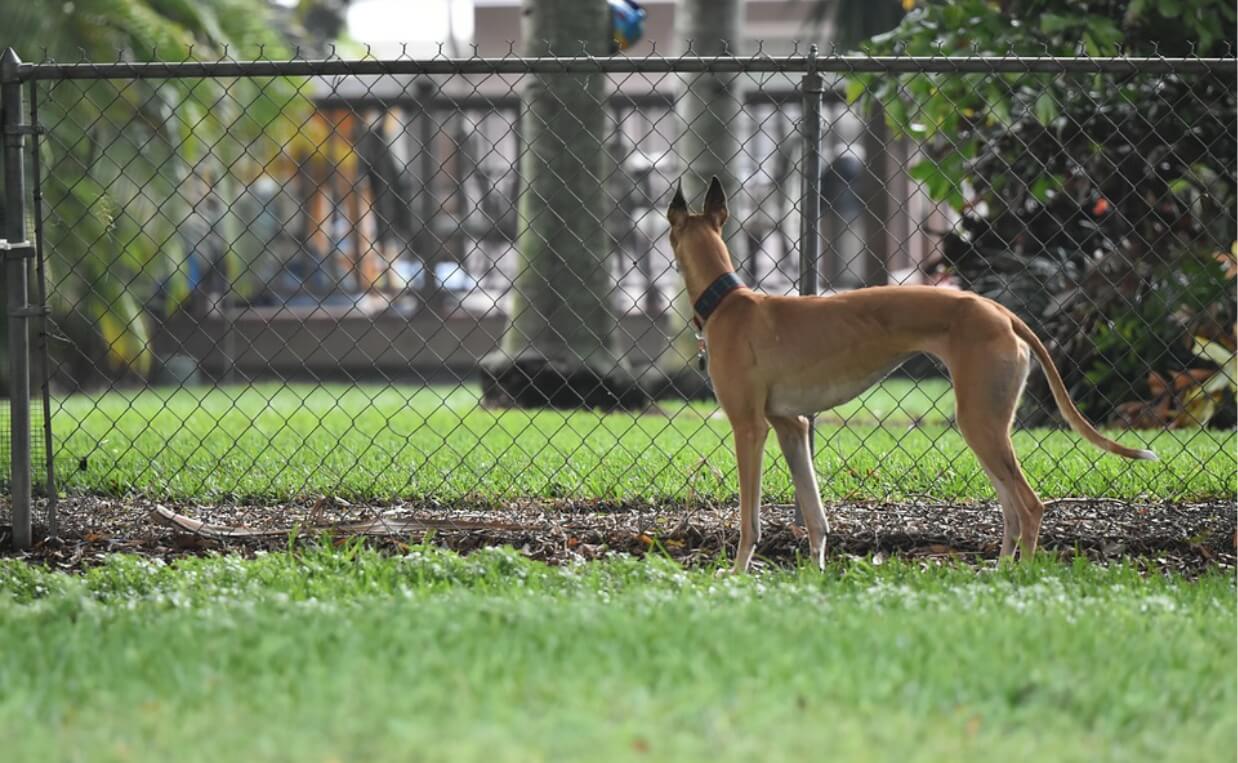
If you are the dog owner:
- Stay calm
This may be harder than it looks. Your neighbor’s concerns may feel like an attack. At the very least it’s uncomfortable hearing your dog is being a pest.
- Listen
You may be tempted to defend your dog, but don’t. Just listen.
- Make sure you hear and understand the problem
We all know we should do this, but it’s easy to forget.
- Brainstorm solutions
This may be obvious depending on the situation but involving your neighbor in the solution will increase buy in and potentially save a lot of time.
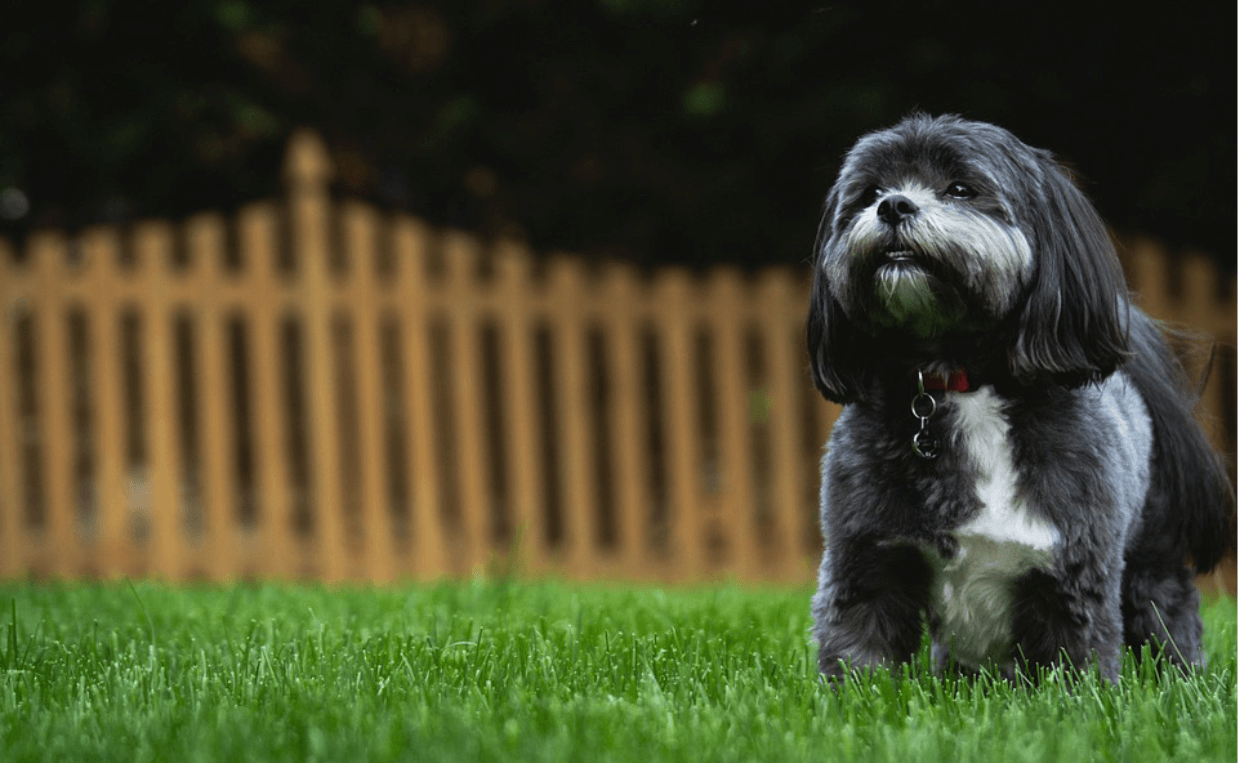
Many problems caused by dogs can be avoided with proper training and adequate exercise. If you don’t have time to work with your dog or give them the exercise they need, consider bringing them to daycare. He or she will have a wonderful time and will be ready to relax with you when you get home.
What tips have helped your dog be a good neighbor? Please share in the comments below.

 10 Ways to Keep Your Dog Safe During the Fourth of July
10 Ways to Keep Your Dog Safe During the Fourth of July Signs Your Dog is Stressed and What To Do About It
Signs Your Dog is Stressed and What To Do About It 14 Best Dog Anxiety Toys to Keep Your Dog Calm
14 Best Dog Anxiety Toys to Keep Your Dog Calm Common Household Sounds May Be Stressing Your Dog
Common Household Sounds May Be Stressing Your Dog How Long Can You Leave Your Dog Alone?
How Long Can You Leave Your Dog Alone?






Leave a Reply